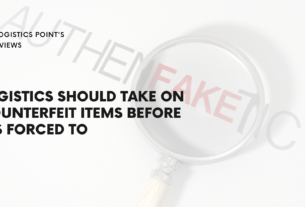By Jens Gamperl, CEO, Sourceability
One by one, industries with long-established ways of doing business are being turned on their heads. New players are coming to the fore, succeeding because their fresh approaches better meet customers’ demands and expectations.
Retail banking is a great example: for decades, consumers needed to visit a physical branch to carry out fundamental tasks, such as opening an account. Then the so-called ‘neobanks’ burst onto the scene, enabling people to do pretty much all their banking from a smartphone app. The reason this has been so popular is that it’s met the needs of the modern consumer. And digitalization is what’s made it possible.
This is part of The Logistics Point October 2020! Read in full HERE…
Component sourcing: ready for the revolution
Electronic component sourcing and distribution is ripe for this kind of digital transformation. Relatively little has changed for a very long time. Buyers from larger businesses tend to work with sales representatives at a small number of traditional franchised distributors, driven by a need for traceability and quality assurance. Meanwhile, startups and small-to-medium enterprises, seeking lower prices or to broaden their reach, often prefer non-franchise, hybrid or independent distributors.
This status quo has drawbacks for all buyers, regardless of who they work for. Faced with time-to-market, budget and efficiency pressures, today’s purchasing managers need access to a supply chain that doesn’t draw the line at franchise, geographical or technological boundaries – but still provides full product traceability and exceptional quality assurance.
Introducing the digital supply chain
The digitalization of the supply chain is shaping a completely new approach to the component purchasing experience. …………..
Read the full analysis in The Logistics Point October 2020 HERE
#Sourceability #procurement


